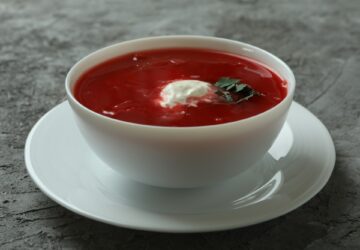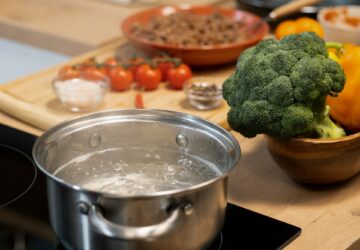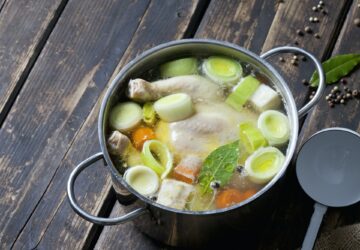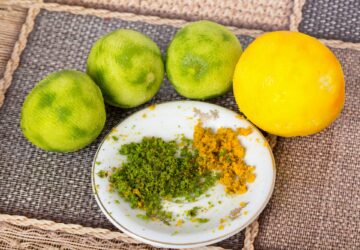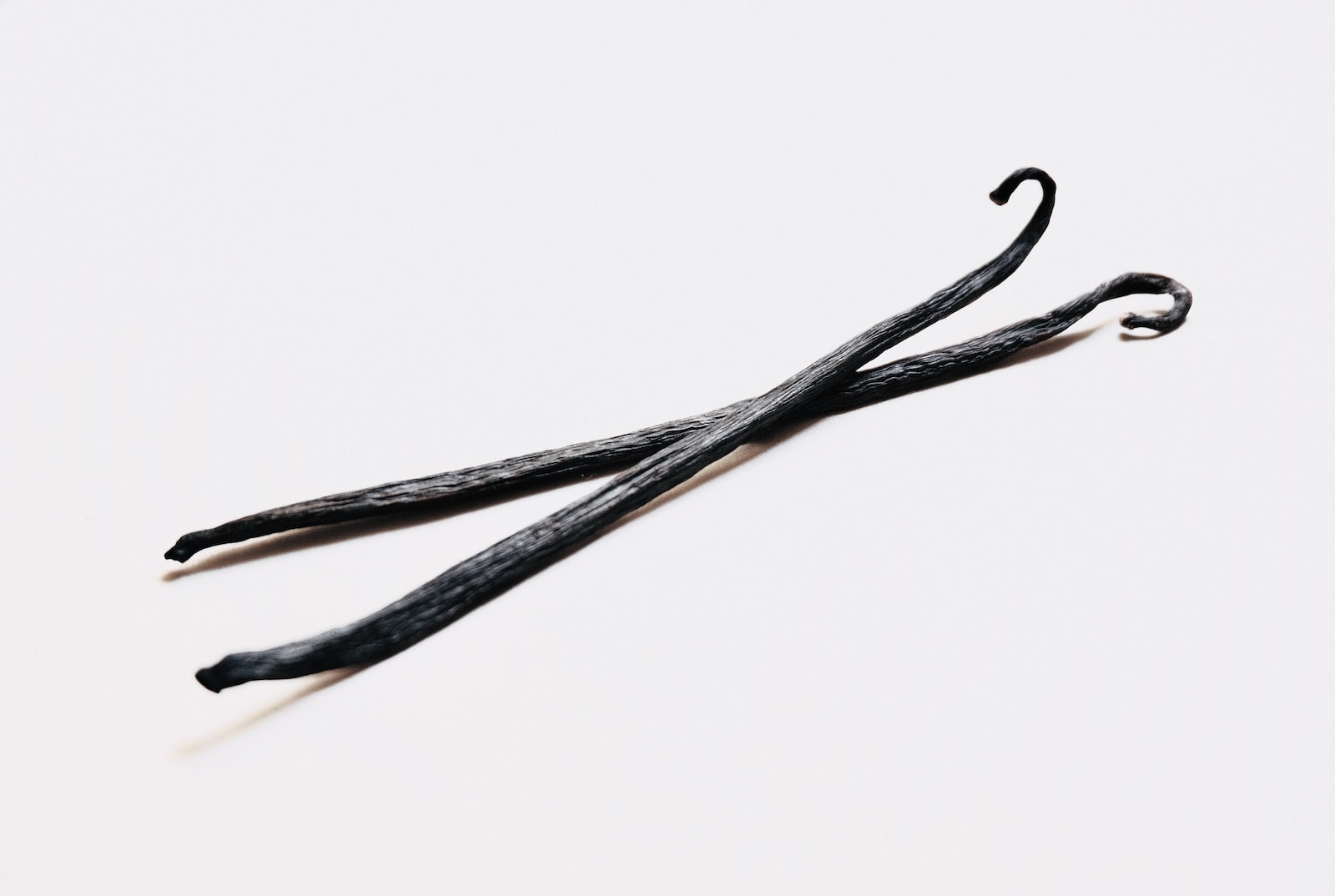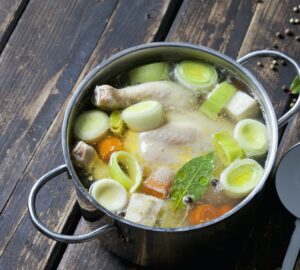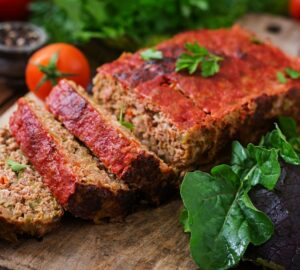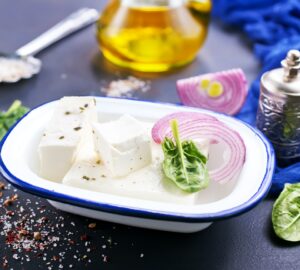Vanilla is a highly sought-after flavoring derived from the beans of the vanilla orchid, a tropical plant native to Mexico and Central America. The plant, which belongs to the genus Vanilla, has over 100 species, but only a few produce the coveted vanilla beans. The most commonly used species are Vanilla planifolia, also known as Bourbon vanilla, and Vanilla tahitensis, which produces Tahitian vanilla.
Vanilla beans have a complex, delicate flavor profile with floral, sweet, and woody notes. They are used in a wide range of sweet dishes and desserts, such as ice cream, custards, cakes, and cookies, as well as in beverages and confections. Vanilla is also used as a complement in savory dishes, where it can enhance and balance other flavors.
The process of cultivating and producing vanilla is labor-intensive, which contributes to its high cost. Vanilla orchids require a specific environment and careful attention to thrive. The plants need a hot, humid climate and well-drained soil, and they grow best when trained on a support structure, such as a tree or a pole. Vanilla orchids take three to five years to mature and produce their first flowers.
Pollination is a critical step in vanilla cultivation. In the wild, the flowers are pollinated by specific species of bees and hummingbirds. However, in commercial production, the flowers are hand-pollinated to ensure a higher yield of beans. The process is delicate and time-consuming, as each flower must be pollinated within a short window of time after it opens, which is usually just a few hours.
Once pollinated, the flowers produce long, green vanilla bean pods, which take several months to mature. The beans are harvested by hand when they are still not fully ripe. The next step is the curing process, which develops the beans’ signature flavor and aroma. The beans are first blanched in boiling water, then fermented and sun-dried over several weeks. They are periodically massaged and sorted, allowing the beans to develop a rich, brown color and a supple, oily texture. The cured beans are then aged for several months to further enhance their flavor.
In addition to whole beans, vanilla is also available in the form of extracts, pastes, and powders. Vanilla extract is the most common form and is made by steeping the beans in a mixture of alcohol and water, which extracts the flavor compounds. This versatile form of vanilla is used in many recipes that call for the flavor.
In summary, vanilla is a cherished and versatile flavoring derived from the beans of the vanilla orchid. The labor-intensive cultivation and production process contribute to its high price, making it one of the most expensive spices in the world, second only to saffron. Despite its cost, the complex and delicate flavor of vanilla makes it a popular and beloved ingredient in both sweet and savory dishes worldwide.
